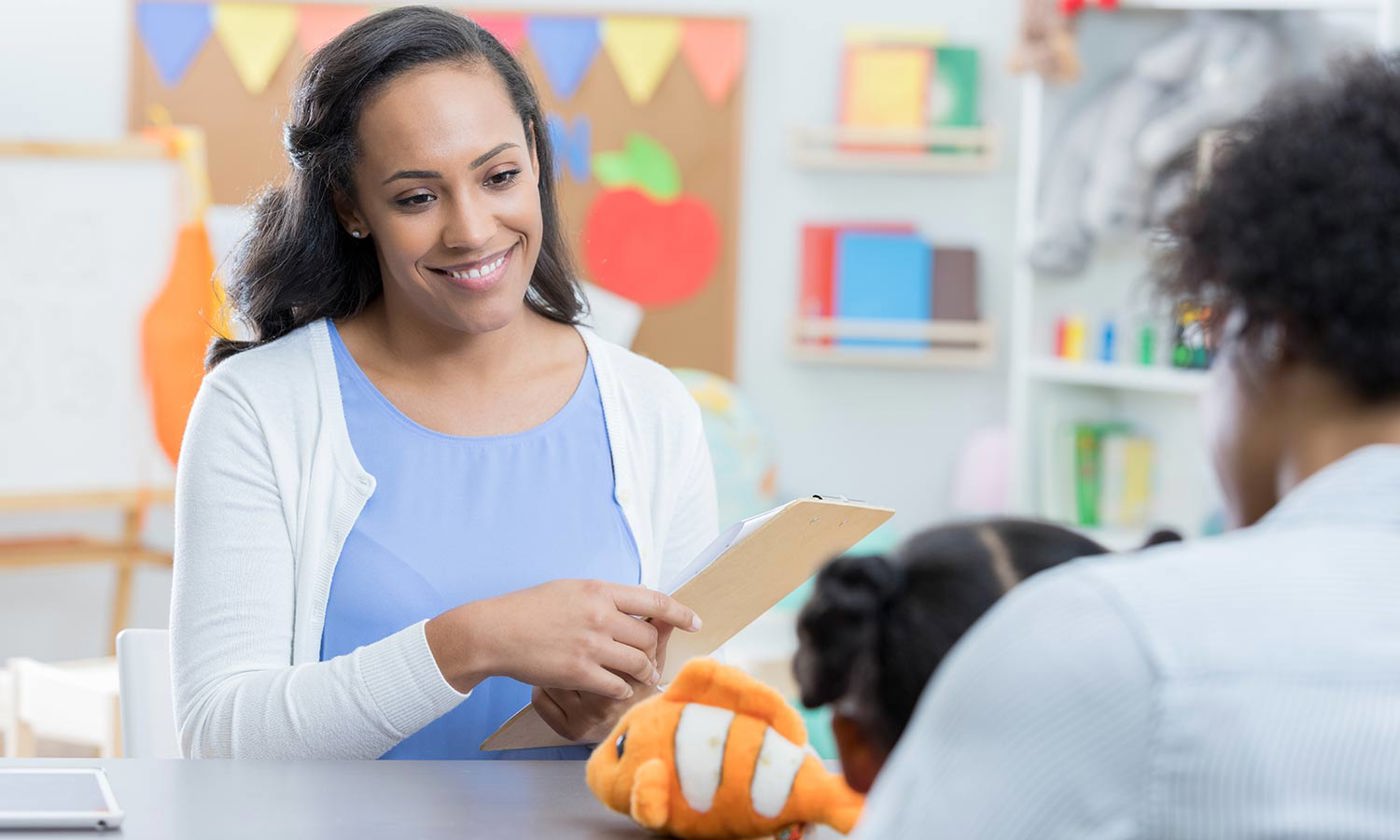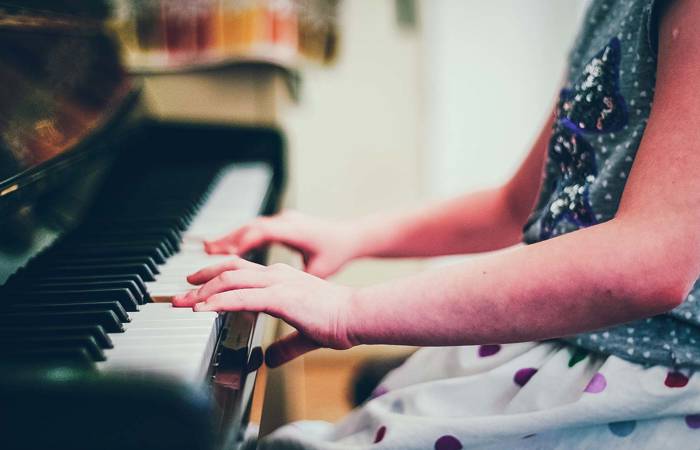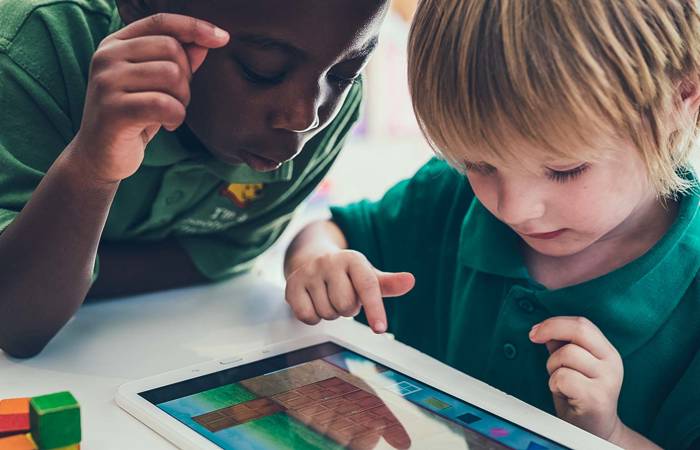Like what you see?
Sign up to receive more free parenting advice.
Thank you for subscribing to our newsletter!
Early Learning

Credit: iStock.com/asiseeit
While science, technology, engineering and mathematics skills are important for current workforce entrants, Professor Tom Lowrie says that today’s preschoolers will use STEM thinking in jobs that haven’t yet been imagined.
STEM in early childhood
As Director of the STEM Education Research Centre at the University of Canberra and program director for a large pilot study called ELSA (Early Learning STEM Australia) Professor Lowrie says a STEM mindset is useful for today’s three and four-year-olds.
The ELSA research project has been running across Australia since 2018. Now in its second pilot phase, the national study has provided evidence that four-year-olds are better STEM thinkers than we’ve previously understood.
“What a four-year-old does in an early learning centre is pretty similar to what somebody might be doing at Google. They are having to be inquisitive, they are experimenting, they are having to help one another and work things out together. They are doing it with curiosity and with engagement and they are not being bound by lots of rules that say, ‘You can’t do this in that way’,” Professor Lowrie says.
Professor Lowrie points out that in today’s world, STEM skills are life skills: by the time our preschoolers are teens they will need STEM thinking to do everything from complex comparisons of phone plans to other daily tasks.
“We are trying to develop thinkers and citizens of the future that can be flexible, connected and adaptable regardless of the role they might go in. We don’t actually know what some of these jobs might look like yet,” Professor Lowrie says, noting that futurists say that today’s four-year-olds may have eight or ten jobs by the time they retire.
The term STEM is shorthand for the fields of science, technology, engineering and mathematics, but Professor Lowrie, says the definition is far broader.
"For us it is the practices and processes that underpin the ways of knowing and doing STEM activities," Professor Lowrie says.
“An architect thinks similarly to an engineer, but ‘architect’ is not a word in STEM. A person designing surfboards has to have an understanding of science and maths concepts, know how to shape the board, to input the information into a computer and to articulate that: again, that is similar to the way an engineer would need to think,” Professor Lowrie says, noting that today everyone from horticulturalists to builders need STEM skills to do their job.
We are trying to develop thinkers and citizens of the future that can be flexible, connected and adaptable regardless of the role they might go in.Professor Tom Lowrie
Stay up to date with the latest news and articles from First Five Years
Thank you for subscribing to our newsletter!
How do educators use STEM with young children?
Through the ELSA pilot study researchers quickly learned that many educators weren’t sure how to go about incorporating STEM into their classrooms.
“They were quite fearful and didn’t know how they would do it. With our support educators have made the learning explicit, and with that the children are learning in powerful ways,” Professor Lowrie says.
The pilot, which uses both digital and non digital learning, has produced impressive results.
“We’ve learned that the appetite for STEM learning in children is incredible,” Professor Lowrie says.
He says educators realised they were doing many STEM activities naturally, but by making the learning explicit they have been able to significantly boost children’s engagement and outcomes.
“We’ve seen four-year-olds making incredibly sophisticated maps with levels of accuracy that nobody would have believed this age group could do. Then they are replicating this with models I’d have thought children in grades three and four would have done,” Professor Lowrie says.
Professor Lowrie believes that giving educators agency over implementation of ideas has been key to the pilot’s success.
Kathryn Wallis is a teacher at Goodstart Early Learning in Parafield, South Australia. The centre was one of 110 taking part in the first stage of the ELSA pilot, and is also participating in its second phase.
“The children love it. The lead up is hands on discussions, and then we use the ELSA program’s apps to cement the chlidren’s ideas and extend on that,” she says.
Kathryn says that although children are engaging in STEM learning every day in childcare settings, ELSA is helping make the learning more explicit.
“As teachers we now use language like: ‘You’re experimenting with the sand and water by mixing it together,’ or ‘You’re building with blocks, making a tower, that’s what architects do.’ It’s given us the confidence to use that language.”
She’s also been surprised by how often the children are taking the formal STEM concepts into their everyday play.
“The first app is on patterns and sorting, so we do a lot of work around that. The children will then say, 'There’s a pattern on your watch, or my kiwifruit',” Kathryn says.
How parents can help
Parents also have an important role to play in helping their young children develop STEM skills, even if they don’t see themselves as a STEM thinker.
“One of the biggest things we talk to educators and parents about with STEM is the language you use when children are playing. Just being precise with your language [can make a difference],” Professor Lowrie says.
For example, when children are building, Professor Lowrie says parents can make comments like: “Wow, when you put those two things together it was very stable,” or “Notice when you go up higher, it looks wobbly”.
“That helps your child sit back and think about what’s happening,” Professor Lowrie says.
In the same wobbly tower, building curiosity helps STEM thinking.
“You could ask a child to say what number of blocks might eventually make it topple over. Getting them to say the number before they begin the trial and error helps them hypothesise about what will happen – that’s a critical STEM idea. It also enacts a really important STEM value – curiosity – about what might happen if they take the exercise too far,” Professor Lowrie says.
Sorting the socks offers another easy STEM opportunity parents can implement at home. For the first sort, ask your child to put things that are the same together: two blue socks, two brown socks, two striped socks.
“Then also sort socks by owner: mum’s socks and my socks. That double sort – by person and colour – is a critical STEM idea and is fundamentally important by the time children get to grade one,” Professor Lowrie says.
Outside the home even a drive to the grandparent’s house or your early learning centre can provide opportunities to develop STEM skills according to Professor Lowrie:
“Encourage children to notice key landmarks and their order. First you pass a shop, then a park, then something else. When you get there make a list, and then coming back home help them notice what has happened: the things that were first are now last and vice versa. That’s important spatial orientation and really helps promote spatial reasoning skills,” Professor Lowrie says.







